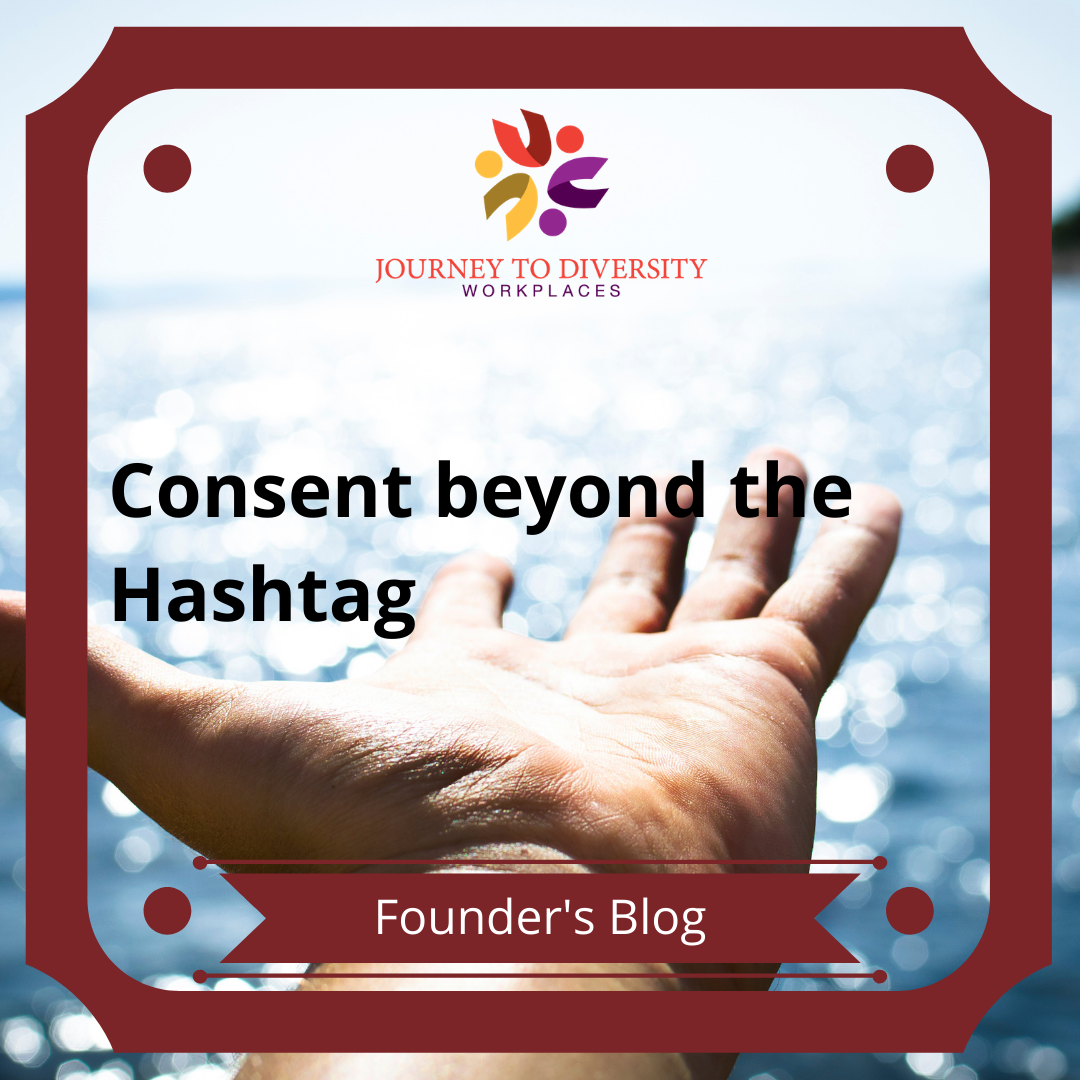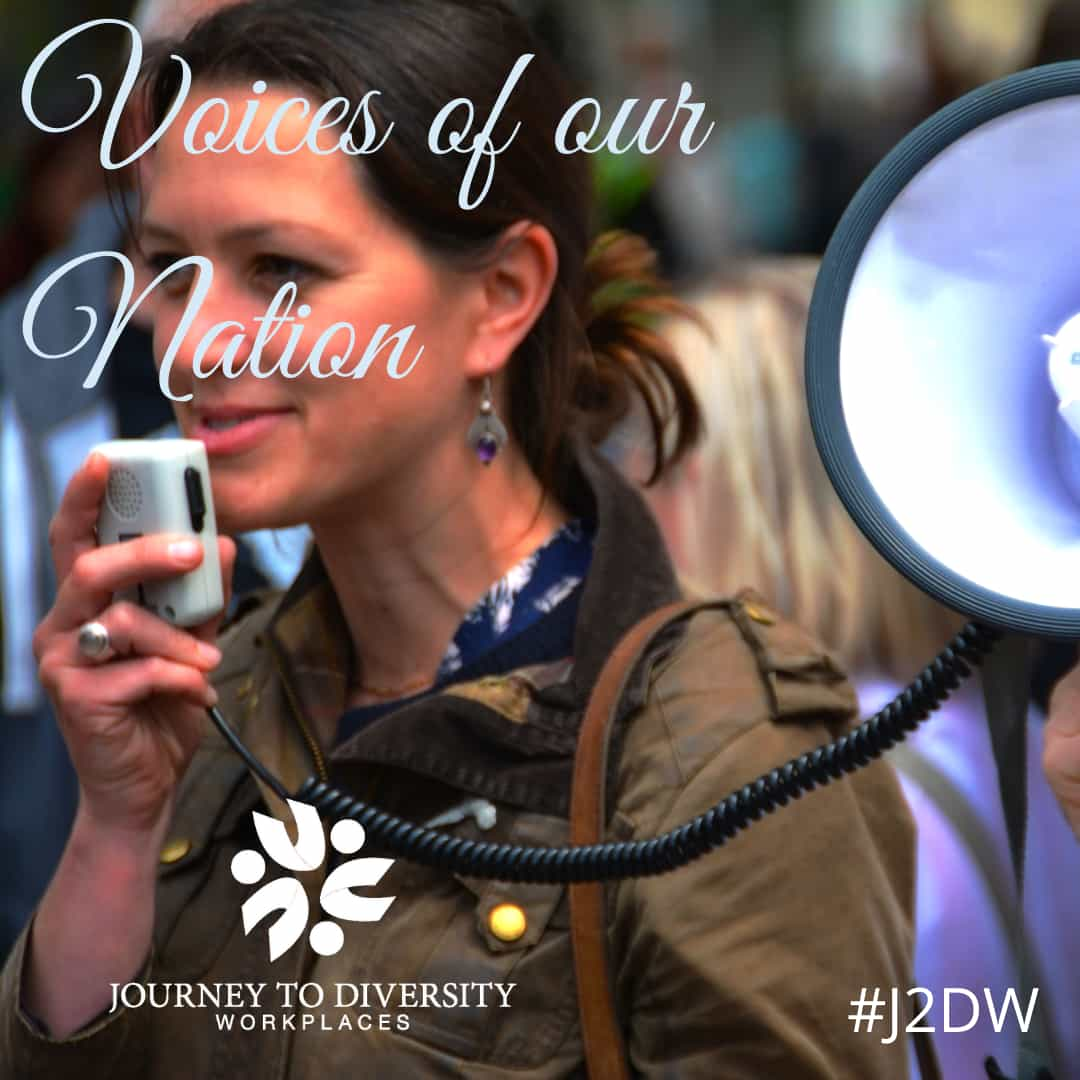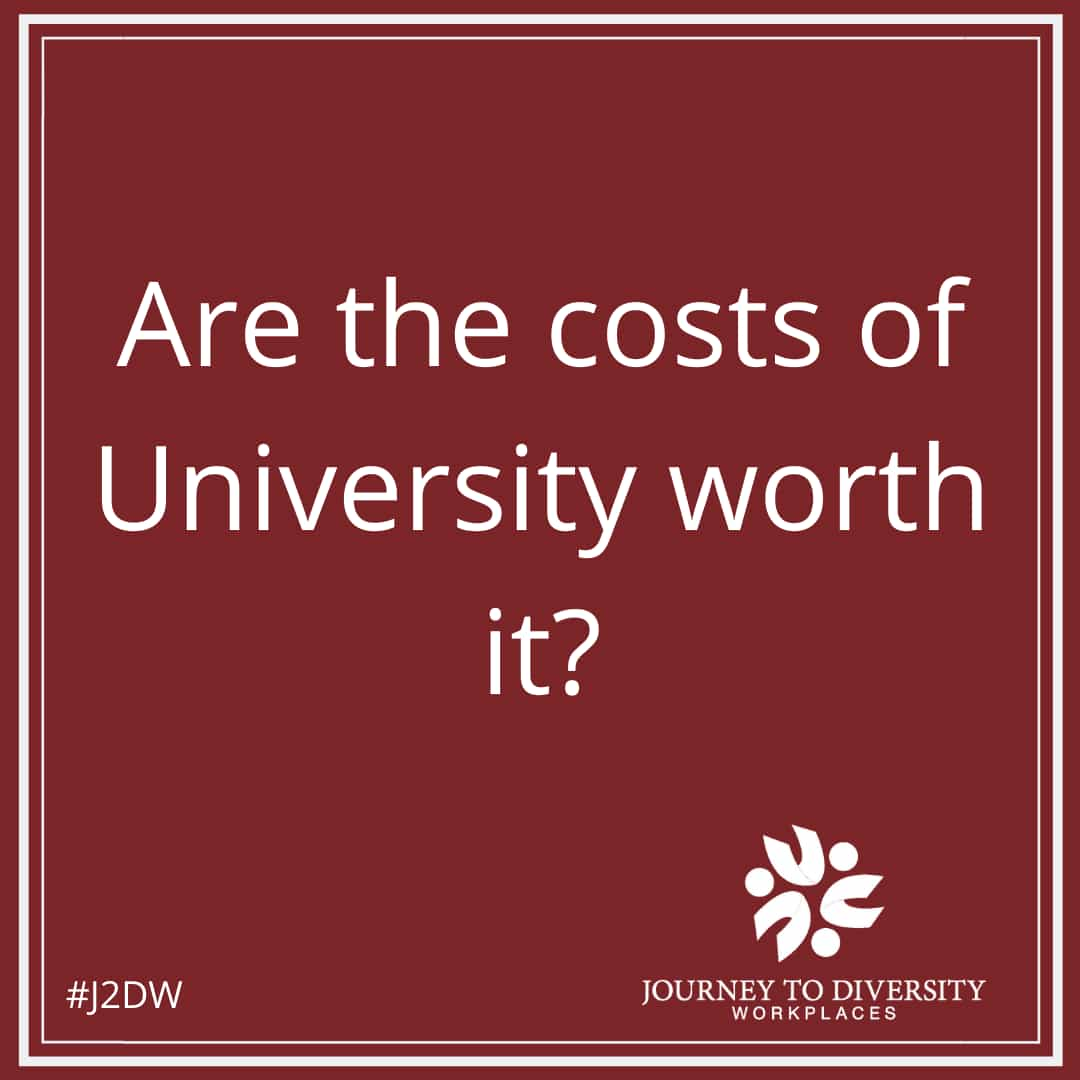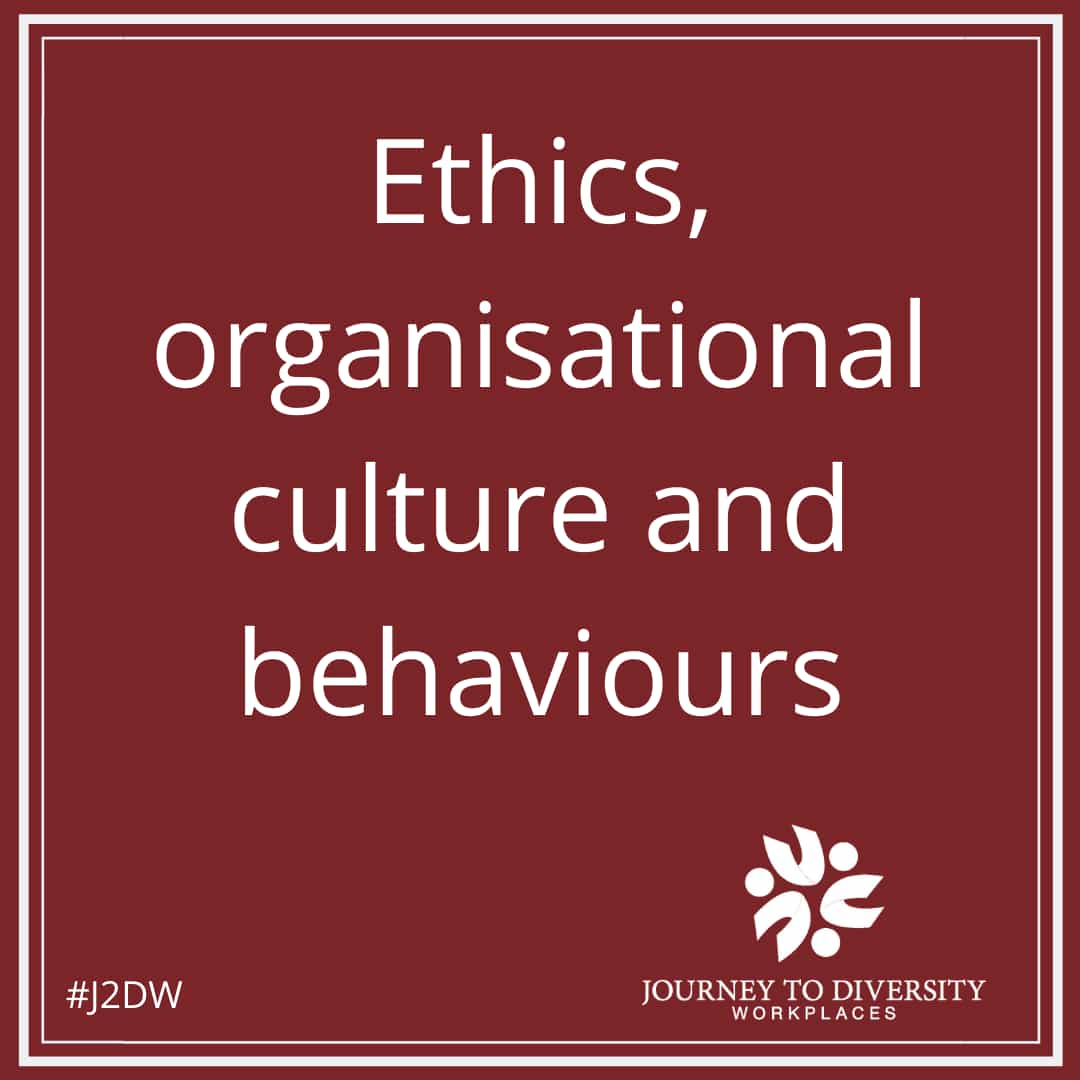I. Introduction
One of the big issues in ethics is the basic problem of how to create an ethical culture within
an organisation i.e. how culture shapes organisational behaviour. We have heard a lot about
how culture influences organisation by driving organisational behaviour. It is true that the
workforce is becoming more of a knowledge workforce and they are now not treated as being
“naturally lazy” or can only be motivated by money (suggested as Taylor theory – one of the
neoclassical management theories). Hence, excessive controls or rules might not be as
efficient as it used to be to curb employees’ behaviours. Culture then becomes a modern way
to manipulate organisational behaviours. It is obvious that, people might be reluctant to rules
because they have their own judgements. Moreover, the reverse psychology problem is so
common that when something becomes rule, people would try to figure out a way to get
away with it. Therefore, culture is then a perfect solution of diverting behaviour by the norm
without forcing anyone to obey it. This essay will analyse different approaches in the issue of
aligning ethics to culture so as to accelerate ethical behaviours.
II. The relationship between culture and ethics
Anand, Ashford and Joshi’s paper (2004) by analysing the most well-known corruption
scandals (Enron, Worldcom, etc.) has figured out their common features which are partly
created by rationalisation tactics and socialisation tactics. This means that rationalisation
allows people to justify their corruption and if this is collective used, new employees would
be affected accordingly and commit unethical acts (Appendix 1). Thus, culture considering as
the act of the norm cannot be ignored within an organisation as it drives ethical behaviours.
With the help of a euphemistic language, social cocoon and group attractiveness, the
rationalisation tactics and socialisation process become more intertwiningly facilitated, which
in turns leads to organisational corruption (Appendix 1). Ethical behaviour among employees
ensures that employees complete work with honesty and integrity. This is where the “magic”
happens after the tone of the top (particularly in ethics) has been passed down. The power
of the norm plays an important role in diverting behaviour because acting to what most of
other people do satisfies individual social needs. However, ethics can guide behaviours by the
code of ethics or policies and rules (which align the organisational goals). Having said that,
those rules should only establish a guidance or framework which help people make ethical
decisions. Furthermore, sometimes being ethical is actually self-harm. The clear example is
that most whistle-blowers after reporting wrongdoings because the feel it is ethical to do so,
are shamed against, got redundant, etc. all sort of bad consequences. Then, the norm power
is now actually more harmful and it acts as the “bad side of the blade”.
On the other hand, Anderson and Englebardt (2007) have explained this relationship by
various ways. They started by arguing that organisation involves a commitment of
relationship with a common identity of membership. Hence, the culture if formed by
communication and structures, which make culture greater than the definition of the norm.
Indeed, “Culture involves major systems of ideology and practice that constitute the
conditions of our daily affairs” (Anderson and Englebardt, 2007), which is more than just
shared values. This requires organisations to establish the right membership identity and
framework of action that is culturally embedded. Therefore, culture would relate to ethics in
terms of the “interrelationships between the true and the good – between the knowledge
that justifies and the values that qualify” (Anderson and Englebardt, 2007).
Militaru and Zanfir (2012) also shows the influence of organisational culture on ethical
principles internationally. In fact, organisational culture and ethical behaviour are
interdependent and this provides firms a competitive advantage in the long term. Hence,
once the culture is embedded, it is difficult to implement as it represents collective perception
of all individuals to the business values, morals and beliefs (Militaru and Zanfir, 2012). Thus,
“the economical performances of every company are influenced, sooner or later, by the
manner of applying business ethics” (Militaru and Zanfir, 2012).
Some researches have studied this relationship empirically. Valentine and Barnett (2003)
concluded that ethics code awareness and organisational commitment (as components of
organisational culture) are driven by perception; an ethics code awareness existing within a
company suggests higher ethical values and higher level of organisational commitment. Bejou,
Ennew and Palmer (1998) reveal a more particular relationship in the financial services sector
that customer perceive their satisfaction on many factors and ethics is one of them. According
to the authors, ethics directly affects satisfaction via the relationship quality but it also
influences satisfaction indirectly via trust factor along with customer orientation, expertise
and sale orientation. Obviously, ethics contributing to satisfactory customer relationships
assists enhancing organisational performance. Another similar study assessing employee
satisfaction (Koh and Boo, 2004), “indicates significant and positive links between ethical
culture constructs (i.e. top management support for ethical behaviour and the association
between ethical behaviour and career success within the organisation) and job satisfaction”.
Therefore, management is suggested to encourage organisational ethics to manipulate
organisational outcomes.
III. The problems of creating an ethical culture
Defining ethical behaviour
According to Business Dictionary, having ethical behaviour means “acting in ways consistent
with what society and individuals typically think are good values”. If we are considering the
culture environment in an individual society, following the norm does not necessarily mean
the act is ethical. Moreover, it also depends on individual perceptions as well. One person’s
ethical values are not the same as others. In addition, the ethical values of the norm changes
through time. For examples, Hilary Clinton used to be an anti-LGBT leader but when she ran
for the president, she actually changed and supported it just to allegedly adapt to the norm.
Therefore, it’s important to set the right culture to reflect what is truly ethical internally and
externally to the wider society. Since “the ethical philosophy an organisation uses to conduct
business can affect the reputation, productivity and bottom line of the business” (Kelchener,
n.d.), organisations have to constantly tailor and implement their ethical frameworks to align
with the demand of the society’s ethical necessities.
As the businesses are now more socially oriented rather than economically responsible,
culture seems to become the key in driving collective mind-set of individuals. Hence, Militaru
and Zanfir (2012) has argued that culture has to be managed by considering different level of
collective “mental programming” to drive behaviour at individual, collective and universal
level. Moreover, morality is also included in the definition of organisational culture. Internally,
what morally drives the perception of an ethical culture could be the board, company’s values
and history; or external factors such as national culture, technical, juridical or economic
factors could have impacted culture accordingly (Militaru and Zanfir, 2012). Lozano (1998)
explained the critical relationship of ethics and corporate cultures that this link is exposed
from 2 perspectives: corporate culture is part of the factors institutionalising ethics and
corporate culture is the base of forming corporate ethics. This is said to cause many
confusions in creating a corporate culture, since companies have to approach things
differently depending on which side of those perspectives they perceive. For example,
organisations deciding on their processes have to deal with the core cultural identity values
(difficult to change) or with expressions of culture (easy to change) (Lozano, 1998). Only when
companies are able to understand this, the definition and the execution of a corporate culture
could be emerged within an organisation.
Therefore, the relationship between ethics and culture seems to be Intricate due to different
paradigms being perceived. “The concept needs to be defined broadly enough to include
basic elements for a comprehensive definition, and it must be defined distinctly enough to
facilitate the examination of the concept” (Smith and Hume, 2005), especially for
organisations when they try to create or implement their culture.
Trust is everything
The mechanism of ethics and culture is interrelated with some factors such as the economic
and politic system (Anderson and Englebardt, 2007). It is a fact that trust in the economy is
fierce because it involves resources allocation (i.e. values determining). The reason is that
trusts help justifying for action and acts as the invisible hands so that the market goes back
to equilibrium from time to time. Culture maybe embedded in the economy that it entails
obligation and, and obligation entails morality (Anderson and Englebardt, 2007); However,
the reality is more complicated as multiple market economies are having obligations which
compete or contradicting. More importantly, the social system is the one which creates trusts.
Recently due to many events, the people seem to loose trust from the social system from
many huge political events such as the Scotland referendum, the Brexit, Donald Trump got
elected, etc. As Sir Bischoff (2016), the chairman of the financial reporting council, has said
that something must be done to restore trust and building confidence in business and
corporate sector in order to enhance economic development. Indeed, without trust, the
ethical values become more unstable than ever. For example, supporting Trump does not
mean that one person is unethical. However, most of his sayings are unethical from being
very racist to unreasonable (asking Mexico paying for the Wall); it is hard not to associate
Trump supporters with supporting unethical behaviours. The attention brings to the point
that the whole America is being divided just because of the ethical values associated with
trust.
It is stated by Kimmel (2015) that trust is more superior than compliance and ethics because
compliance requires enforcement, whereas, ethics and trusts are voluntary. Also, ethics is a
subset of trusts and being ethical does not guarantee trustworthiness. Hence, many papers
have claimed that “trust is essential for understanding interpersonal and group behaviour,
managerial effectiveness, economic exchange and social or political stability” (Hosmer, 1995).
In particular, trust within an organisation is proved to influence the association between
ethical environment and employee engagement (Hough, Green and Plumlee, 2016). In other
words, employee’ perception of an organisation’s ethics influences their behaviours in
engaging more in their work because they are more likely trust the organisation. Trust is such
an important factor in driving ethical culture; however, it is a personal choice. Hence, there
exists a challenge of how to making people place trust in the organisation in terms of ethics.
Without trust, the rationalisation of norm towards ethical behaviour would be non-existent.
In addition, the code of ethics might not be powerful enough to drive ethical behaviour
because the employees do not trust the organisation. Newer generations facing threat of
redundancy from financial crisis or technology advancement do not trust the organisations as
much as the previous generation did that they expected to stay with a company and work
there for the rest of their lives. Therefore, the degree of trust and loyalty to an organisation
has changed and it is a challenge for managers to figure out a way to gain trust so that it drives
ethical behaviours. As Brien (1998) has stated that “the culture is one that seeks to promote
trust in the profession and trust worthiness as a virtue exemplified in each individual”; thus
culture of trust would lead to ethical behaviours “at first by the hand, then through the heart”.
Culture Matters More than Codes
Militaru and Zanfir (2012) stated that “culture of ethical rules to meet up society’s expectation
but it does not provide instant benefits to firms”. It is true that corporate culture is proven to
gives companies with better competitive advantages and, eventually, superior profitability.
Nonetheless, those are long term so, with the short-termism concern of the management to
manage expectation, the culture might be neglected. Besides, in the long term, all companies
will be having what they called “corporate culture”, which does not make having a culture
unique as a competitive advantage anymore. Hence, this threatens the recognition of the
invisible benefits bringing by culture, or ethical culture in particular. Lozano (1998) referred
to this issue by a simple question “Do organizations have a culture or are they a culture?”.
Obviously, thinking organisation itself as a culture is better helping firms focus more on the
culture side of it without imposing culture as the sake of having it.
The pressure of having an ethical culture might be there but organisations focus too little on
how to manage it. Obviously, promoting an ethical culture just for the sake of having it
without enforcement will not work and it does not contribute anything to the organisation at
all. It would be a continuous process of understanding, improving, sustaining the ethical
behaviours. Specifically, implementation has to reflect what is perceived as general principles
and values of an organisation. The code of ethics or policies could be useful tool in shaping
culture as they established a baseline of what should be done and what should not. To
continuously improve and sustain this, it is essential to notice the effects of business
environment to ethics up to standards. Organisation also need to educate people and rewards
people to encourage ethical behaviours so that they can benefit the most from an ethical
culture.
Statistics from LRN (Marketwired, 2017) reported that management is trying to foster ethics
and compliance but it is just for the purpose of ticking the checklists. Specifically, 90% of chief
ethics & compliance officers agreed that their middle managers are able to communicate the
code and 70% ethics officers holds leaders accountable for their ethical behaviour.
Nevertheless, not many managers are aware of their responsibility of implementing or
actively supporting the code. Evidently, “too many companies don’t do anything with the
documents; they simply paste them on the wall to impress employees, customers, suppliers,
and the public” (Donaldson, 1996).
Enron is one of the great example in illustrating that “business ethics is a question of
organizational “deep” culture rather than of cultural artifacts like ethics codes, ethics officers
and the like” (Sims and Brinkmann, 2003). From a company with the status of being economic
and ethical, Enron’s collapse emphasises the intrinsic value between words and deeds. All of
those established code and procedures did not shed a line on the true culture of the company
where it is so competitive that employees were pushed to stretch the rules further and
further until the limits of ethical conduct are easily overlooked in the pursuit of the next big
success” (Sims and Brinkmann, 2003). The competitive culture creates pressures on earning
expectation over the boundary of what is ethically acceptable, while their ethical policies
were left in negligence.
Cultural conflicts
Culture does not stop at individual or group level; it could be extended to a larger paradigm
such as national level. It is obvious that, if culture means what people do things around here,
different countries may impose different ethical standards, values, conduct and culture. For
examples, many acquisitions made my Canadian banks in the US failed because of the ethical
culture of the banking industry in both countries. Canadian banks obey the “know your
customer rules” when accepting but US banks focus more on building customer base by their
network (asking a university friend to make a loan). Hence, it might be unethical in Canada to
bypass some of the “know your customer” criteria but it is how they do retail banking in the
US. Furthermore, the specific culture embedded in a country could be potentially affecting
business culture. As illustrated in Appendix 2 by Alas (2006), in a culture with undesired
practices, more undesired practices lead to higher need for ethical values and vice versa.
“People feel that they need some kind of regulation mechanism in an aggressive society, a
mechanism with strong interest groups and a strong hierarchy” (Alas, 2006). Reversely, a
culture full of desired practices where ethical values are well established, the need for ethics
is not as high. Thus, different ethical values across countries or subcultures creates cultural
conflicts, especially for multinational companies.
It is stated that organisational values would be more visible and effective if “values are
selected by leadership to make sure everyone understands what the organization stands for,
including ethical behaviour and social responsibility” (Ferrell and Ferrell, 2011). Another
example could be that the CFA institute established their professional code and ethical
standards as a principles based so that when they got into an ethical culture conflict situation,
the standards would guide them to solve the dilemma. For instance, if a CFA member lives in
a country with no security law and does business in a country with less strict law than the CFA
standards; he must adhere to the CFA standards (CFA institute, 2016). Davidson (1996) also
argued that many managers came working overseas then returned shortly after due to the
culture conflict of development and conflict of tradition. This is when the concept of the
“moral free space” emerges (good activity might be considered bad in other culture).
Therefore, it is suggested that “codes of conduct must be explicit to be useful, but they must
also leave room for a manager to use his or her judgment in situations requiring cultural
sensitivity” (Davidson, 1996).
IV. How to create an ethical culture?
“The leaders of a business may create an ethical culture by exhibiting the type of behaviour
they’d like to see in employees” (Kelchener, n.d.). The code of ethics seems to be a great tool
in curbing ethical behaviours. However, the tone at the top seems to be more important. A
research from Toor and Ofori (2009) reveal that ethical leadership plays a mediating role in
the relationship between employee outcomes and organizational culture. Specifically,
“ethical leadership is positively and significantly associated with transformational leadership,
transformational culture of organization, contingent reward dimension of transactional
leadership, leader effectiveness, employee willingness to put in extra effort, and employee
satisfaction with the leader” (Toor and Ofori, 2009). We can see that people from Trump’s
cabinet are the ones who have the same philosophy as him. Deregulation, for instance, could
ruin the corporate governance system to ensure market functions ethically and people have
spent years developing it. I am really curious to know what will happen when this tone of the
top is passed down to organisations, society and individuals. Some signs have been shown
from the fact that Uber is still accepted by people even though it has a bad reputation of a
very unethical of culture from the CEO (lack of respect for employees, arrogant, etc.) to
company image (“male-dominated, high octaine investment banking” – Leigh, 2017) and
activities.
It is suggested that managers should develop more “humane and future-oriented practices”
depending on the characteristic of a specific entity and its ethical dimensions (Alas, 2006).
According to Alas (2006), over-regulated should be abandoned because the internal
mechanism would “encourage creative solutions, risk taking, and learning from mistakes”.
This inner mechanism is also said to lead by collectivism of the entity itself instead of group
collectivism. Moreover, “Managers should avoid aggressiveness in social relationships and
also avoid high levels of power distance” (Alas, 2006). Hence, given the importance of the
code, it should not be overpowered.
Sinclar (1993) discussed two main approaches managers to improve organisational ethics via
culture: the unitary culture approach and the subcultural approach. An organisation with a
unitary culture consider ethics bring in common shared values but it does not always lead to
morality because it excludes self-reflection. On the other side, subcultures within an
organisation nurture ethics from self-reflecting instead of imposing standards. By
understanding this, managers could better reflect cultures and get the best mix of each into
the organisation.
The role of the Board is also important in “establishing and delivering the right behaviours
and importantly the right incentives” (Bischoff, 2016). They can do this by applying the
mechanism illustrated in Appendix 3. It is obvious that one the culture of Ethics and
Compliance is embedded, companies have to continuously implement and assess it using the
factors specified in the chart with the principle performance of people, process and
technology. As the environment is changing dynamically, ethical values could be successfully
reflected in culture using this mechanism.
V. Conclusion
The individuals’ moral structure is so complex than what any organization includes as their
culture. “By a careful examination of a culture that flourishes under the concept of organizing,
a moral organisation is continuously making decisions based on ethical considerations, mixed
with political systems, and social enactments” (Anderson and Englebardt, 2007). Poor culture
would lead to a widespread of bad behaviour, which in turns will taint the organisation
ethically. “For that we require a concerted effort to improve the integrity of business and its
connectivity with society” (Bischoff, 2016). As mentioned above, the Code should be tailored
to the best suitable practice in each organisation. As the value ethics brings into the
organisation is intangible and long term, it is necessary to measure it with the right proxy so
that it is well transferred and interpreted within the organisation. Moreover, Bischoff (2016)
has stated that “we need to promote a culture in our organisations that resonates with
employees and other stakeholders important to us, as much as with the top management”.
Hence, companies that are on the way of designing an ethical culture should analyse what
values are best perceived by their employees and clients in terms of cultures. For the ones
with the culture already emplaced, they should continuously enforce, assess and improve it.
References
Alas, R., 2006. Ethics in countries with different cultural dimensions. Journal of Business
Ethics, 69, pp.237–247.
Anand, V., Ashford, B., E., and Joshi, M., 2004. Business as usual: The acceptance and
perpetuation of corruption in organizations. Academy of Management executive, 18(2),
pp.39-53.
Anderson, J., A., and Englebardt, E., E., 2007. Ethics and culture of an organisation.
Teaching Ethics, Spring 2007, pp.39-48.
Bejou, D., Ennew, C., T., and Palmer, A., 1998. Trust, ethics and relationship satisfaction.
International Journal of Bank Marketing, 16(4), pp.170-175.
Bishoff, W., 2016. Speech by Sir Win Bischoff, FRC Chairman: Chairmen’s Forum Dinner
on Culture and Values. [online] Available at: <https://www.frc.org.uk/News-and-
Events/FRC-Press/Press/2016/October/Speech-by-Sir-Win-Bischoff,-FRC-Chairman-
Chairman.aspx> [Accessed 2nd March 2017].
Brien, A., 1998. Professional Ethics and the Culture of Trust. Journal of Business Ethics,
17(4), pp.391-409.
CFA Institute, 2016. CFA program curriculum 2017 Level I Volumes 1-6. 2017 edition.
Global Finance: Wiley.
Deloitte, 2015. Corporate culture: The second ingredient in a world-class ethics and
compliance program. Deloitte [pdf] Available at:
<https://www2.deloitte.com/content/dam/Deloitte/us/Documents/risk/us-aerscorporate-
culture-112514.pdf> [Accessed 24th March 2017].
Donaldson, T., 1996. Values in Tension: Ethics Away from Home. Harvard Business
Review. [online] Available at: <https://hbr.org/1996/09/values-in-tension-ethics-awayfrom-
home> [Accessed 24th March 2017].
Ferrell, O., C., Ferrell, L., 2011. Organizational Culture vs. National Culture. Daniels Fund
Ethics Initiative. [pdf] Available at:
<https://danielsethics.mgt.unm.edu/pdf/Culture%20DI.pdf> [Accessed 24th March
2017].
Hosmer, L., T., 1995. Trust: The Connecting Link between Organizational Theory and
Philosophical Ethic. The Academy of Management Review, 20(2), pp. 379-403.
Hough, C., H., Green, K., and Plumlee, G., 2016. Impact of ethics environment and
organisational trust on employee engagement. Journal of Legal, Ethical and Regulatory
Issues, 18(3), pp.45-67.
Kelchener, L., n.d. The Importance of Ethics in Organizations. [online] Available at:
<http://smallbusiness.chron.com/importance-ethics-organizations-20925.html>
[Accessed 2nd March 2017].
Kimmel, B., 2015. Trust: Going Beyond Compliance and Ethics. [online] Available at:
<http://www.cultureuniversity.com/trust-going-beyond-compliance-ethics/> [Accessed
2nd March 2017].
Koh, H., C., and B., E., H., Y., 2004. Organisational ethics and employee satisfaction and
commitment. Management Decision, 42(5)5, pp.677-693.
Leigh, A., 2017. It’s the culture, stupid! – making sense of business ethics. [online]
Available at: <http://www.ethical-leadership.co.uk/culture3/> [Accessed 2nd March
2017].
Lozano, J., M., 1998. Ethics and Corporate Culture. Ethical perspectives, 5(1), pp.53-70.
Marketwired, 2017. Many Companies’ Ethics & Compliance Efforts Focus Too Much on
Checklists and Not Enough on Culture and Employees’ Behavior, Says LRN Report.
[online] Available at: <http://finance.yahoo.com/news/many-companies-ethicscompliance-
efforts-162012792.html> [Accessed 2nd March 2017].
Militaru, C., and Zanfir, A., 2012. The Influence of Organizational Culture over the
Ethical Principles in International Businesses. International Journal of Academic
Research in Accounting, Finance and Management Sciences, 2(1), pp.26-33.
Sims, R., R., and Brinkmann, J., 2003. Enron Ethics (Or: Culture Matters More than
Codes). Journal of Business Ethics, 45, pp.243-256.
Sinclair, A., 1993. Approaches to Organisational Culture and Ethics. Journal of Business
Ethics, 12, pp.63-73.
Toor S., R., and Ofori, G., 2009. Ethical Leadership: Examining the Relationships with Full
Range Leadership Model, Employee Outcomes, and Organizational Culture. Journal of
Business Ethics, 90(4), pp.533-47.
Valentine, S., and Barnett, T., 2003. Ethics code awareness, perceived ethical values and
organisational commitment. Journal of Personal Selling & Sales Management, 23(4),
pp.359-367.
Appendices
1. Rationalisation and socialisation of the norms
(Anand, Ashford and Joshi, 2004)
2. Ethics in countries with different culture dimensions
(Alas, 2006)
3. Ethical framework





